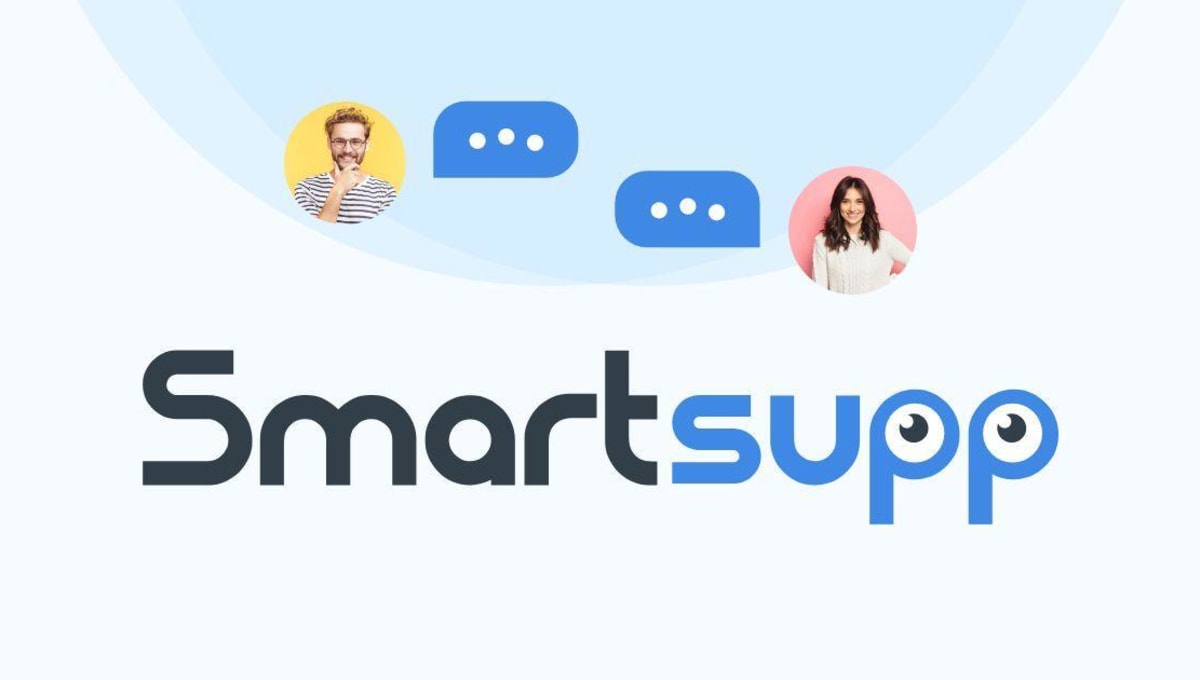Using chatbots in HR? Yes, please! Read our blog post and see yourself how to leverage chatbots in your strategy.
Table of contents
In today’s competitive job market, businesses need effective solutions to attract and engage top talent. Enter chatbots, advanced AI-powered tools designed to transform HR processes, particularly in recruitment.
Chatbots in Recruitment: Overview
Chatbots are virtual assistants that can handle various tasks, from answering basic inquiries to scheduling interviews. In HR, these versatile tools have become invaluable assets, streamlining the recruitment process and enhancing candidate experience.
Benefits of Chatbots in HR
Streamlining Candidate Engagement
Candidate engagement is a critical aspect of the recruitment process. Chatbots offer a personalized touch, answering questions, and addressing concerns promptly. As a result, candidates feel valued, leading to higher satisfaction levels and improved employer branding.
Automating Preliminary Screening
HR workflow automation can greatly benefit the preliminary screening process by utilizing chatbots to conduct initial interviews, gather relevant information, and assess candidates’ qualifications (e.g., do they hold a project management Master’s degree). Robotic process automation in HR not only saves time but also ensures a consistent and unbiased evaluation.
Reducing Time and Effort
Chatbots minimize the time and effort needed for repetitive tasks, such as answering frequently asked questions or scheduling interviews. This increased efficiency frees up HR professionals to focus on strategic initiatives and build meaningful relationships with candidates. And helps to hire a dedicated remote team easier and faster, just like an in-house team member.
Implementing Chatbots in HR: Best Practices
Selecting the Right Chatbot Platform
When choosing a chatbot platform, consider its capabilities, ease of use, and compatibility with your existing HR systems. Look for a solution that offers customization options and robust analytics to track performance and optimize the user experience.
Integrating Chatbots with Existing Recruitment Systems
For seamless integration, chatbots should work harmoniously with your current Recruitment Systems, such as applicant tracking systems (ATS) and customer relationship management (CRM) software. Proper integration ensures data consistency and accuracy across platforms, improving overall efficiency.
Monitoring and Optimizing Chatbot Performance
Regularly assessing chatbot performance helps identify areas for improvement. Track key metrics, such as response time, engagement rate, and user satisfaction, to evaluate the chatbot’s effectiveness and make data-driven adjustments. Consider using a KPI dashboard to track these metrics in one central location.
Designing Conversational Flows
Crafting engaging conversational flows is essential for effective chatbot interactions. To do this, consider the candidate’s perspective and anticipate their questions or concerns. Create natural-sounding responses that reflect your brand’s voice and provide clear, concise information.
Continuously Updating the Chatbot’s Knowledge Base
A chatbot’s knowledge base should be regularly updated to ensure accurate and up-to-date information. Collaborate with HR professionals to identify new topics or changes in company policies, and incorporate these into the chatbot’s database. This helps maintain the chatbot’s relevancy and effectiveness.
Training the Chatbot with Diverse Data
Training your chatbot with a diverse range of data is crucial for understanding various candidate inputs. Use real-life examples of candidate interactions to teach the chatbot how to respond to different situations. Also, include colloquial language, slang, and abbreviations to improve the chatbot’s conversational capabilities. Beware of unconscious bias and actively tackle it proactively.
Implementing a Seamless Handoff to Human HR Representatives
While chatbots are adept at handling many tasks, some situations may require human intervention. Establish a smooth handoff process that enables the chatbot to transfer the conversation to an HR representative or HR administrator when necessary. This ensures that candidates receive appropriate assistance and maintains a high level of service.
Providing Clear Opt-out Options
Respecting candidates’ preferences is important. Offer a clear and easy opt-out option for users who prefer not to interact with the chatbot. This allows candidates to choose their preferred communication method and demonstrates your organization’s commitment to a personalized experience.
Regularly Testing and Refining the Chatbot
Conduct ongoing testing of your chatbot to identify potential issues or areas for improvement. Use various testing methods, such as usability testing and A/B testing, to analyze the chatbot’s performance from different perspectives. Based on the results, refine the chatbot’s functionality to ensure a seamless and engaging user experience.
Success Stories: Chatbots in HR
Several companies have reaped the benefits of chatbots in their recruitment processes. For instance, Unilever utilized a chatbot named Unibot to streamline candidate engagement and reduce time-to-hire. Similarly, Marriott International employed a chatbot named MC to answer questions, recommend job openings, and share company culture with potential candidates.
Yun Partners: Simplifying and Enhancing the Recruitment Process
Yun Partners, a French IT consulting firm, introduced a chatbot to help simplify and enhance their recruitment process. The chatbot allowed candidates to apply for jobs directly, ask questions, and learn about the company culture. As a result, Yun Partners saw a significant increase in the number of quality applications and streamlined the recruitment process, making it more efficient and enjoyable for candidates.
Jacques Raud Consulting: Doubling Applications with Chatbot Assistance
Jacques Raud Consulting, a management and IT consulting firm, implemented a chatbot to improve their recruitment efforts. The chatbot guided potential candidates through the application process, answering any questions they had and providing information about the company. This resulted in a more than doubling of the number of applications received and enhanced the candidate experience throughout the hiring process.
Degetel: Increasing Applications with Chatbot Support
Degetel, a digital services and solutions provider, utilized a chatbot to improve its recruitment process. The chatbot not only helped candidates apply for jobs but also answered questions and provided essential information about the company. This led to an increase in the number of applications, streamlining the recruitment process and making it more effective for both the company and potential candidates.
Galea: Reinforcing Employment Brand with a Chatbot
Galea, a French health insurance company, implemented a chatbot to reinforce its employment brand and improve the recruitment experience. The chatbot provided personalized responses to candidate inquiries, shared information about the company culture, and guided applicants through the job application process. This innovative approach to recruitment helped Galea strengthen its employment brand while creating a more engaging and efficient experience for job seekers.
Positive Reviews: The Impact on Recruitment Chatbots
Incorporating a chatbot in the recruitment process can lead to a more efficient and enjoyable experience for both the organization and the candidates. This, in turn, contributes to a positive impression of the company and a higher likelihood of attracting top talent. Showcasing real-life positive reviews, organizations can build trust and credibility around their chatbot solutions, encouraging potential candidates to interact with the AI-powered tool.
Conclusion
Chatbots have revolutionized the HR landscape, particularly in recruitment. By automating preliminary screening, streamlining candidate engagement, and reducing time and effort, these AI-powered tools have become indispensable assets in the hiring process. To successfully implement chatbots in your organization, choose the right platform, integrate it with existing HR systems, and monitor performance for continuous improvement. With these best practices in place, your company can harness the power of chatbots to attract and retain top talent.
How do recruitment chatbots work?
Recruitment chatbots use AI algorithms to engage with candidates, answer their queries, and gather relevant information, streamlining the hiring process.
What are the main advantages of using chatbots in HR?
Chatbots improve efficiency, save time, reduce manual work, enhance candidate experience, and enable 24/7 availability.
How can I choose the right chatbot platform for my company?
Consider factors like ease of use, integration, customization, language support, and pricing to select the best platform.
Can chatbots replace human recruiters?
Chatbots can’t replace human recruiters completely but can assist and enhance their work, allowing them to focus on high-value tasks.
How to measure the success of a recruitment chatbot?
Track metrics like candidate engagement, response time, satisfaction rates, and successful placements to evaluate the chatbot’s performance.
What are some common challenges when implementing chatbots in HR?
Challenges include language understanding limitations, integration complexities, user adoption, and potential privacy concerns.
How can chatbots improve the candidate experience during recruitment?
Chatbots provide quick responses, personalized interactions, and real-time updates, enhancing the overall candidate experience.
Are there any privacy concerns when using chatbots for recruitment?
Privacy concerns include data protection, GDPR compliance, and ensuring sensitive information is handled securely and ethically.
Can chatbots help indiversity and inclusion efforts during recruitment?
Yes, chatbots can help minimize unconscious bias, promote inclusive language, and facilitate diverse hiring practices.
How do chatbots handle different languages and dialects in recruitment?
Advanced chatbots support multiple languages and can adapt to dialects, enabling effective communication with diverse candidates.

